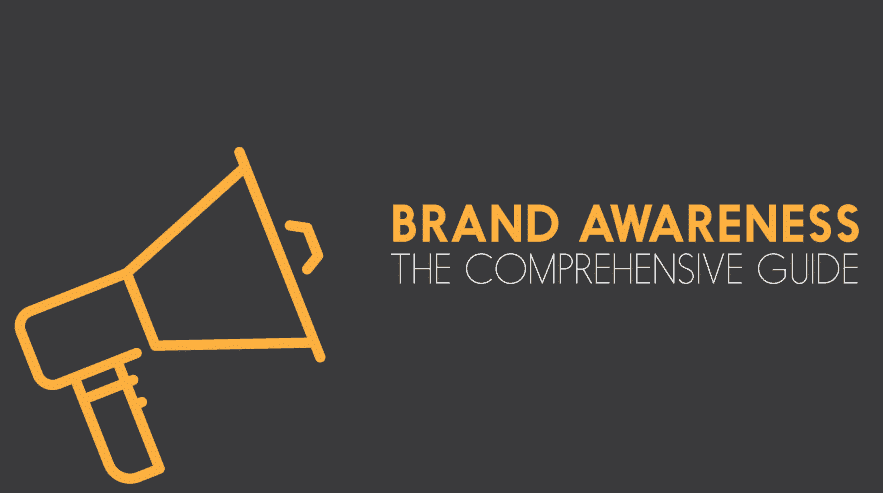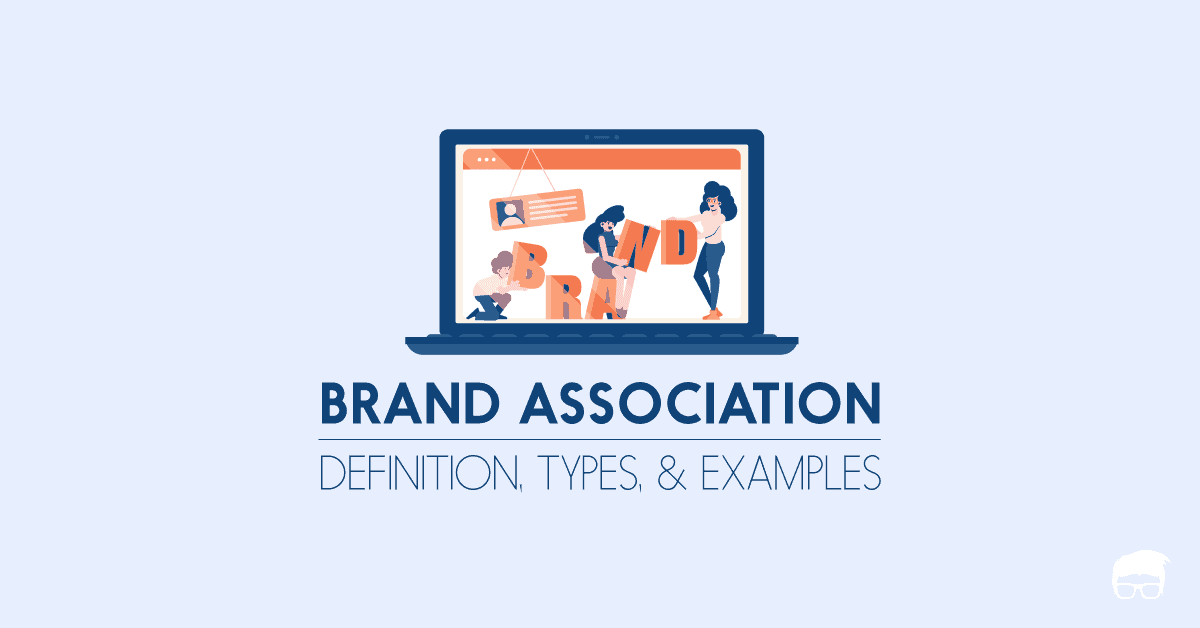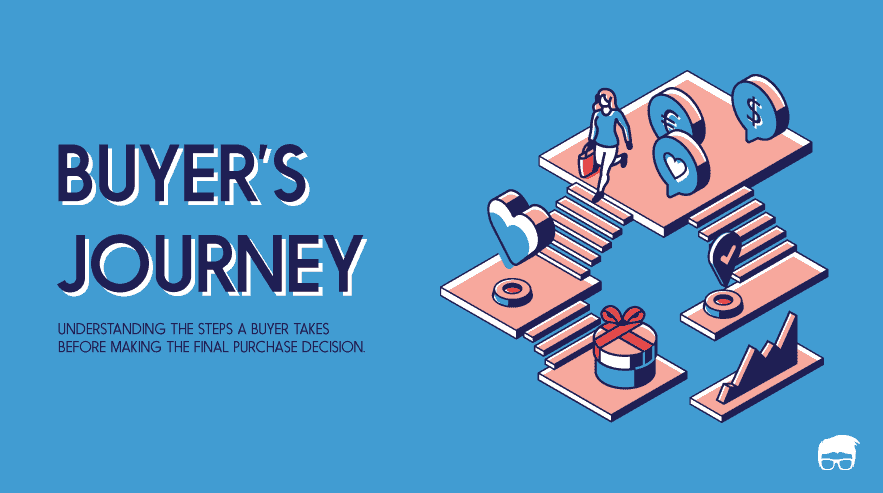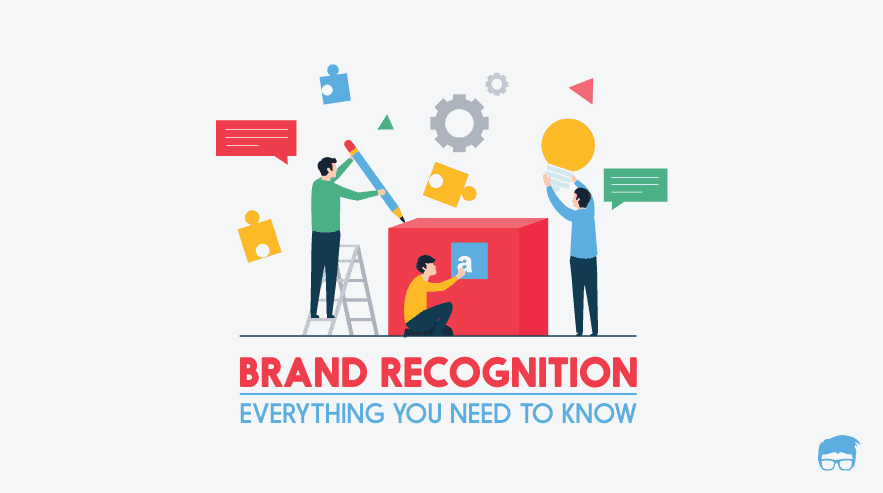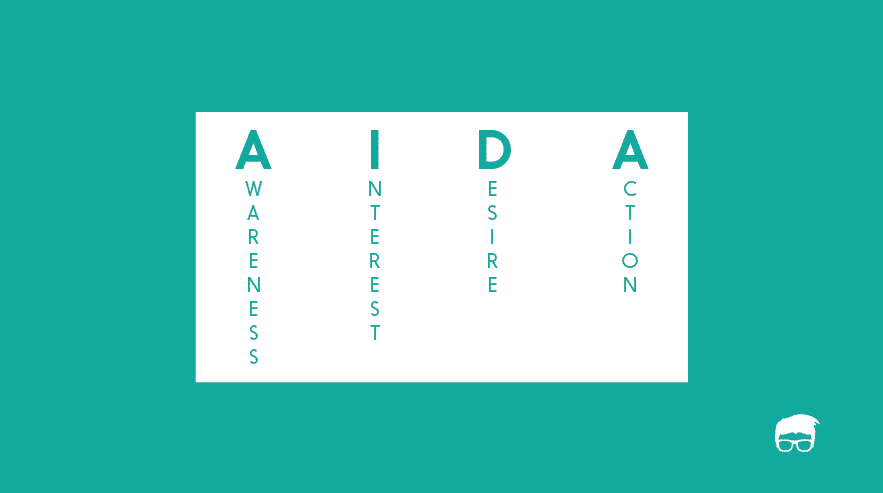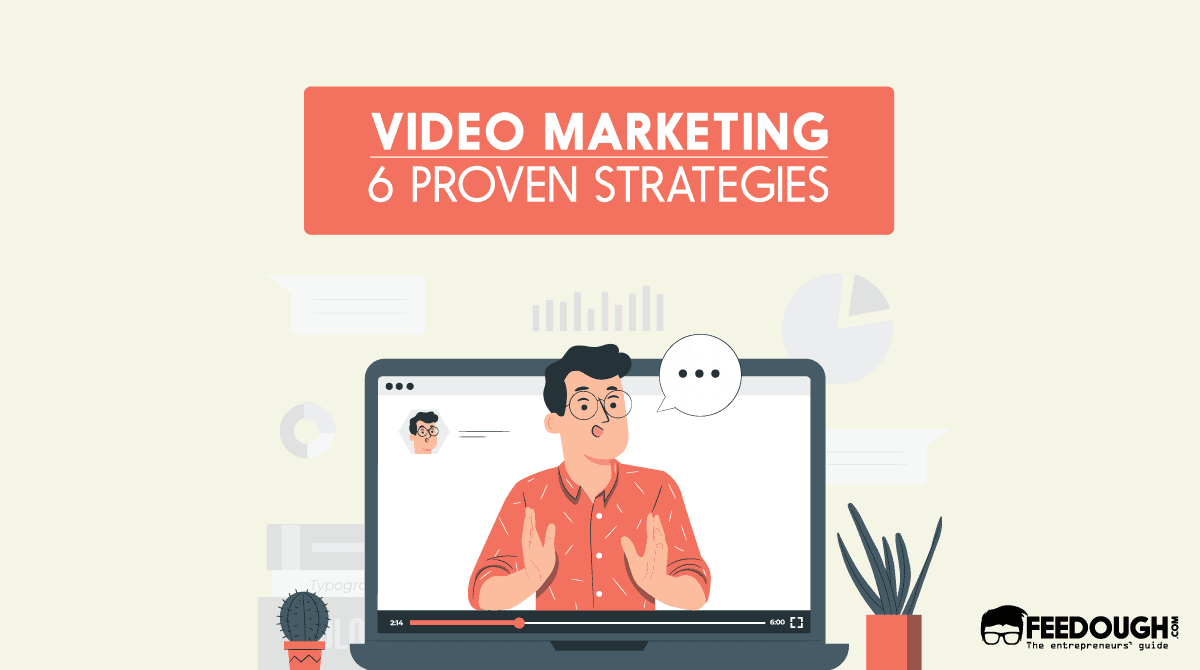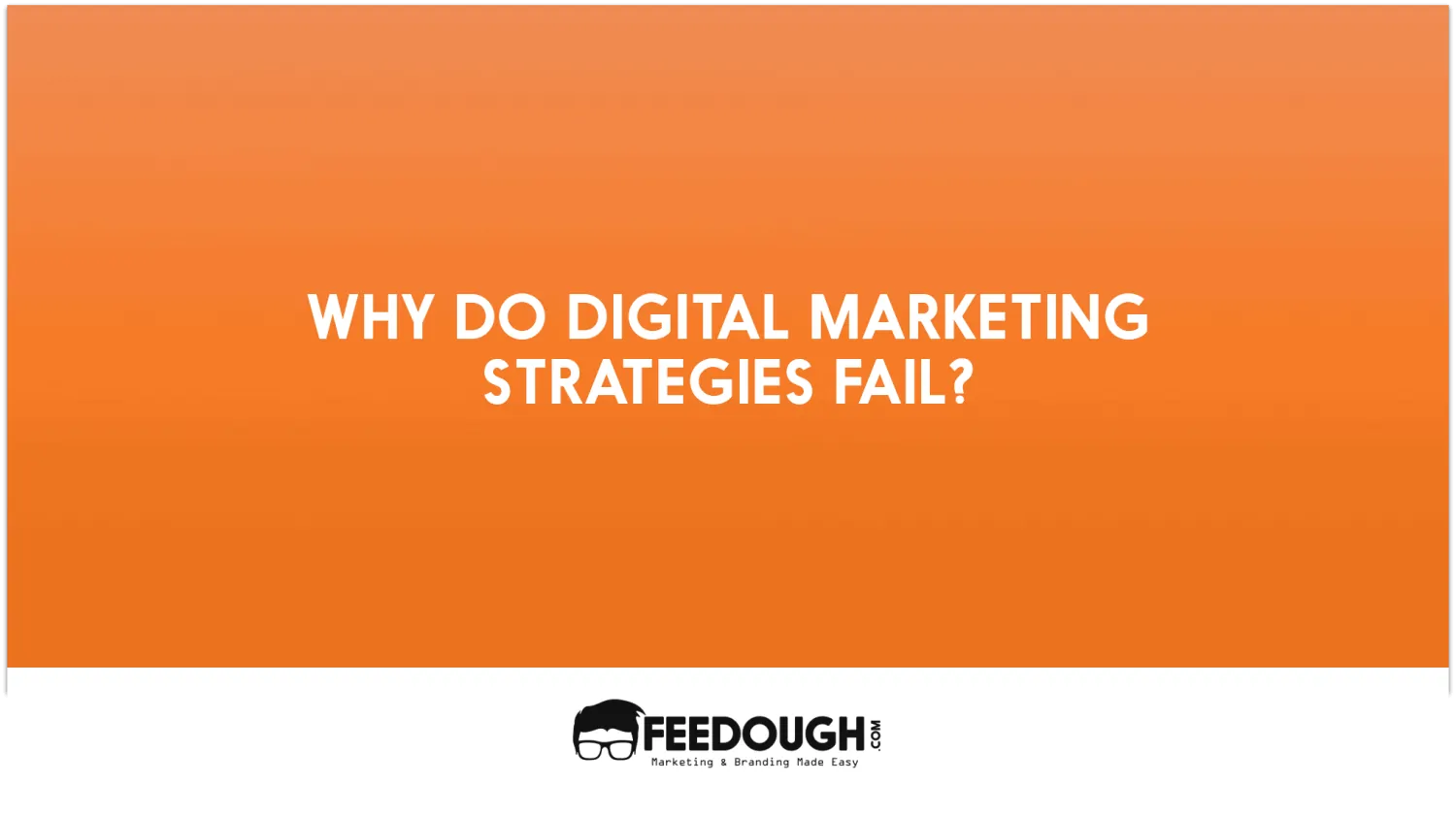When 66% of people think about a soft drink, they think about Coca-Cola. Not just this, when someone thinks of :
- Short videos – TikTok comes to the mind.
- Shoe company – Nike enters one’s mind.
- Best coffee brand – Starbucks tops the list.
- Shopping online – Amazon strikes first.
It’s not a coincidence. These brands have worked hard and spent highly skilled resources and budgets focused on creating top-of-mind awareness.
But what is top-of-mind awareness, and why is it important? What strategies do companies use to build TOMA, and how is it measured? Let’s uncover this all in this article.
What Is Top Of Mind Awareness (TOMA)
Top-of-mind awareness or TOMA is the state in which a consumer or customer thinks of a brand as the first or most prominent option when it comes to a particular category or niche.
For example, if someone is looking for a new pair of shoes and the first brand name that comes to their mind is Nike, then Nike has achieved top-of-mind awareness.
From a marketing perspective, TOMA is a measure of how high a brand ranks in the mind of a customer subconsciously while thinking about a category or an industry. It is an important factor in understanding how a brand is perceived in the market.
In several cases, top-of-mind awareness creates an image of a brand in a person’s mind where they use the brand name as a synonym to the product category. For instance, people use these brand names as generic terms:
- Google or Googling for using a search engine.
- Xerox for Photocopy.
- Frisbee for Flying Discs.
- Thermos for a Travel mug.
Why is Top Of Mind Awareness Important?
TOMA is an important indicator of a brand’s success and can be both qualitative and quantitative in nature. It helps marketers to understand the brand’s presence in customers’ minds, which then helps them to plan effective strategies for promoting their product according to which stage of the funnel their audience lies.
For example, if the TOMA score of a brand is high and customers are familiar with it, then marketers can focus on creating campaigns to increase interest and desire for their products. On the other hand, if the TOMA score is low then marketers should focus more on creating awareness campaigns and educating customers about their products.
Moreover, TOMA can be used to compare different product offerings in the marketplace, so businesses have a better understanding of what customers are looking for. This information can then be used to develop and refine the marketing message and product offerings to meet customer needs and drive sales.
It is also an important measure of the success of advertising campaigns by tracking changes in brand awareness over time.
Benefits Of Top Of Mind Awareness (TOMA)
TOMA is a powerful marketing tool for businesses, as it makes the brands achieve increased brand loyalty and sales. Some of the benefits of attaining top-of-mind awareness for business include:
- Painless PR – When a brand has its name established in the industry, has an online presence, and is recognised by the public, attracting the media’s attention becomes easier.
- High brand equity – Brand equity refers to the value of a brand in the marketplace. Brands with high TOMA have higher brand equity, leading to increased customer loyalty and better customer relationships.
- Increased sales – When consumers are aware of a product or service before they begin shopping, they are more likely to buy from that brand as compared to competitors.
- Improved customer retention – When customers have Top Of Mind Awareness (TOMA) of a brand, they are more likely to return to that business when needing similar services or products.
- Enhanced competitive advantage – Having TOMA gives brands an edge over competing businesses in their industry by giving them higher visibility and recognition from potential customers. This can lead to increased market share and higher profits.
- Easy Expansion In The Industry – For a brand with roots in the industry, their expansion in the same industry and attracting customers become more manageable.For instance, it’s easier for Nike to launch a new sportswear segment as it already has a vast set of customers ready to try and use it.
- More Prospects – The more people are aware of a brand, the more they get drawn towards a brand to make a purchase.
- Effective Marketing – When people are more familiar with a brand, their campaigns and marketing make more sense to people and push them down the funnel.
Strategies Brands Use For TOMA
There are several ways for brands to build TOMA. Here are a few of the most common strategies businesses use to:
Increase Brand Awareness
Brands use various channels to create a buzz around their offerings. These include:
- Social media presence: Acting human and getting involved in discussions related to their industry.
- Direct Emails: Sending out regular emails that inform customers of new products, services, or promotions.
- Advertising: Placing ads in print, radio, and television outlets to get their message across to a wider audience.
- Sponsorship & Events: Partnering with other brands to host events or sponsor campaigns that garner more attention for the brand.
- Public Relations: Reaching out to industry influencers and media outlets to increase brand exposure.
- Content Marketing: Creating high-quality content that educates, informs, and entertains their target audience.
- SEO & Paid Search: Optimising their content and website to improve search engine rankings, as well as utilising paid search campaigns to get noticed in the SERPs.
Improve Customer Experience
If a person had a memorable experience with a brand, they are likely to recall it. And there are many ways a brand creates this incredible experience.
Apple, for instance, has mastered the art of customer experience, allowing customers to connect with their products on a personal level.
Focusing On Omnichannel Presence
Being present on multiple channels is not being omnichannel. The brand’s approach needs to stay seamlessly aligned and integrated across all the touchpoints and branding channels to maintain an omnichannel presence. Mastering omnichannel thinking is about resonating with the target audience and enhancing their experience.
Getting right with the omnichannel approach creates brand uniformity and consistency that will win customers’ trust.
How To Measure Top-Of-Mind Awareness
TOMA is both qualitative and quantitative and can be measured by different metrics. Marketers use surveys, interviews and focus groups to measure qualitative data on customer brands recall. They also track key performance indicators such as downloads, web traffic, word-of-mouth referrals and shares on social media to measure TOMA quantitatively.
Here are a few key metrics brands use to measure TOMA:
Brand Recall
Brand recall refers to how quickly and easily a customer can recall the brand when presented with different options. This is usually measured by asking survey questions or conducting interviews with customers to assess their knowledge of brands in the market.
Brand recall is a combination of unaided and aided questions.
- Unaided Recall – In the unaided recall, the interviewer does not prompt the customer about the brand and asks questions related to a niche to see which brand naturally tops the customer’s mind.
- Aided Recall – In aided recall, while putting up the question, the interviewer offers a cue (like logo, slogan, trademark, list of names, or more) to ask which one the customer is familiar with.
Share of search is a metric that measures the brand visibility in organic searches compared to the other competitor brands in the industry. It is a powerful calculation to see how many people think about a brand before they consider other brands.
Calculating the share of search and measuring and monitoring it regularly is possible through keyword research tools.
Social Listening
Social listening is a key metric to measure how many people talk about a particular brand on social media.
It analyses the percentage of how much space a brand occupies in all conversations or mentions around the category, product or industry going on, on social media.
Net Promotor Score
Net Promoter Score is a benchmark tool that measures customers’ experience and satisfaction with a brand.
It is a single-question survey that a brand takes up to ask their customers about their willingness and likelihood to recommend a brand, product, or service to their friends, family, or acquaintance.
Other Brand Awareness Metrics
Other Key Performance Indicator companies use to measure the top of mind awareness include:
- Branded search volume
- Brand mentions
- Paid media reach
- Social media followers
- Social media reach
- Direct traffic
Bottom Line
It goes without saying that the significance of top-of-mind awareness is unquestionable. So companies that want to stay at the top of the mind of people when they think to buy a product of a particular category need to have a competent brand awareness strategy in place.
Even if the companies are big players or just a startup, has loyal customers or want to attract new customers, touching the base at all times is essential.
Go On, Tell Us What You Think!
Did we miss something? Come on! Tell us what you think about our article on top of mind awareness in the comments section.
Ravpreet is an avid writer, prone to penning compelling content that hits the right chord. A startup enthusiast, Ravpreet has written content about startups for over three years and helped them succeed. You can also find her cooking, making singing videos, or walking on quiet streets in her free time.

![What Is Demand Generation? [The Ultimate Guide] What Is Demand Generation?](https://www.feedough.com/wp-content/uploads/2019/05/DEMAND-GENERATION.webp)
